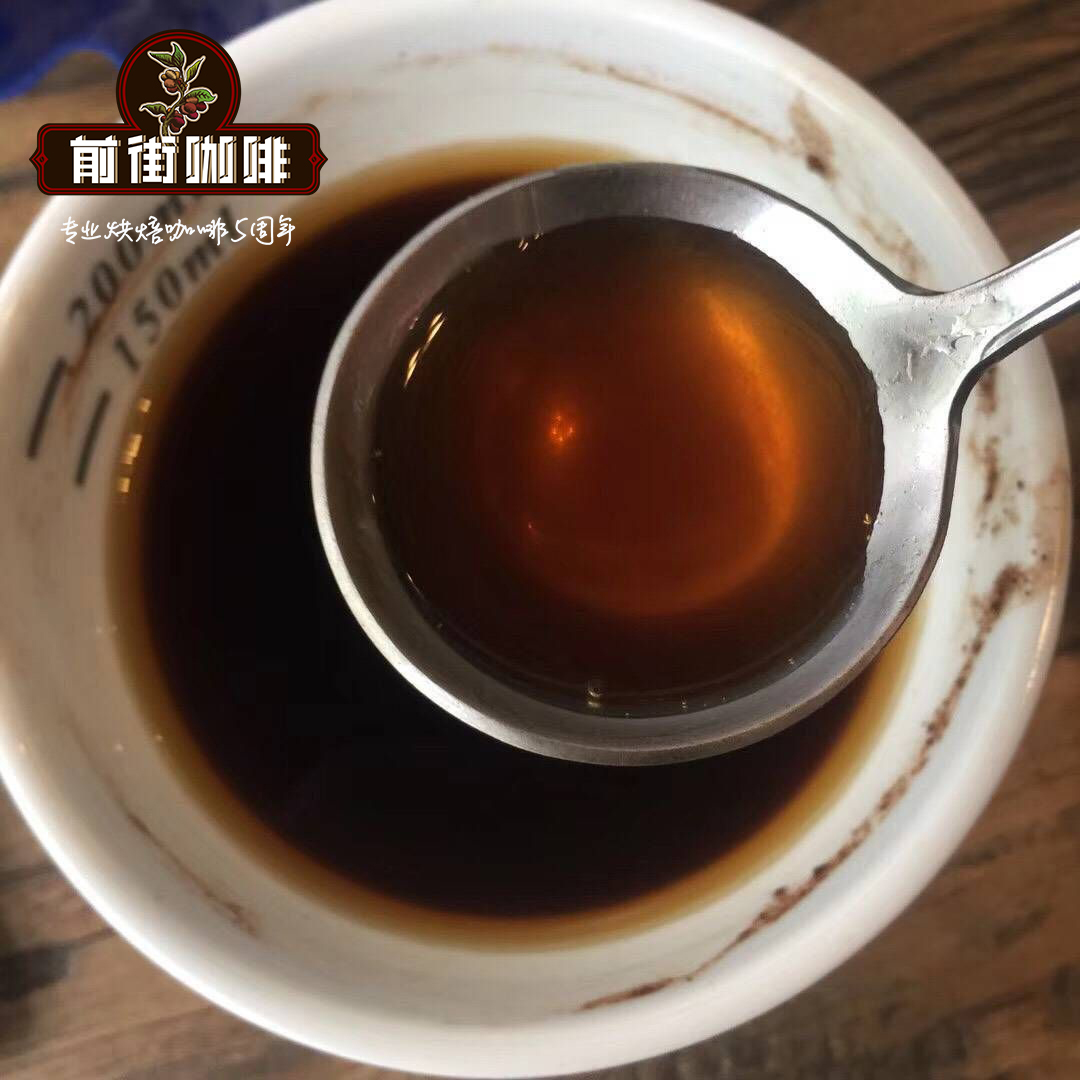How do you get the flavor of coffee? What is Maynard's reaction in baking?

Professional coffee knowledge exchange more coffee bean information please follow the coffee workshop (Wechat official account cafe_style)
Mena reaction (Maillard reaction), also known as Maillard reaction, Maillard reaction and carbonylamine reaction, is a non-enzymatic browning reaction widely distributed in the food industry, which refers to a series of complex reactions between reducing sugars (carbohydrates) and amino acids / proteins in food at room temperature or heating, resulting in the formation of brown-black macromolecular substance melanin or melanin. In addition to producing melanoidin, hundreds of intermediate molecules with different odors, including reducing ketones, aldehydes and heterocyclic compounds, are produced in the reaction process, which provide delicious flavor and attractive color for food.
Mena reaction was carried out by French chemist Louis. Camilla Mena discovered in 1912 that in 1953 John Hodge and others formally named this reaction the Mena reaction. In 1912, Mena told other scientists at the French Academy of Sciences about the yellowish-brown color produced by heating an aqueous solution of amino acids and sugars, but few of those present at the time realized the potential significance of the reaction. Today, Mena reaction has become a technology closely related to the modern food industry, which can be seen everywhere in meat processing, food storage, essence production, traditional Chinese medicine research and other fields. Current studies have also shown that it is closely related to the physiological and pathological processes of the body.
Mena reaction (Maillard reaction) is the most complex chemical reaction in the process of coffee roasting. It is also one of the most important reactions that make coffee have multiple flavors.
During coffee roasting, the Mena reaction mainly begins when the bean color changes to yellow and then brown after dehydration, and the reaction will not stop until you finish baking and until the beans are completely cooled. But at the beginning of the explosion, another reaction that plays an important role in the flavor of coffee: the caramelization reaction will also begin, and it will share the same raw material as the Mena reaction: sugar, which will cause the explosion to begin around. The rate of Mena's reaction began to slow. Therefore, the main Mena reaction stage refers to the period from the beginning of yellowing to the explosion of coffee beans in the roasting process. Melanin, a macromolecular compound, is continuously produced during the reaction, and eventually more than 600 volatile organic compounds are found in roasted coffee beans. So the Mena reaction brings a variety of flavor, taste, color and complexity to the coffee.
In that case, in the process of coffee roasting, we can adjust the degree of Mena reaction indirectly by adjusting the rhythm of roasting (baking curve), and then adjust the flavor of coffee. Since increasing the temperature of the Mayna reaction after 80 degrees Celsius has little effect on the reaction rate, it is generally adjusted by prolonging or shortening the reaction time. Prolonging the Mena reaction time will produce more macromolecular melanin, which will give the coffee a thicker taste and a more complex and deeply toned flavor.
On the contrary, the shorter Mena reaction time will get a lighter taste, low complexity and bright tonality. If the Mena reaction time is too long, the tone of the coffee may be too low, the sour texture will be aggravated, it will not be clean, or the mouth will feel "dry" after swallowing. Too short reaction time may make the coffee flavor too green and monotonous or even almost no flavor, similar to the taste of seeds and immature fruit, sharp acidity, too much astringency, and no texture.
With the increase of reaction time, there is a fresh floral and fruity aroma to a lower tonal aroma of flowers and fruits, followed by more nuts, vanilla, cream and caramel, but the aroma of flowers and fruits will begin to weaken. For example, in baking Ethiopian water to wash Yega Chuefei, the curve I set will be baked with the flavors of flowers, green tea, lemon, cream sugar and bergamot. When I extended the Mena reaction for 60 seconds, it became floral, sweet lemon, vanilla, nut, caramel and chocolate. Shortened by 30 seconds, it is lime, flower fragrance, slightly seed-like characteristics, orange peel, bergamot tonality.
This rule may seem simple and easy to understand, but the origin, variety, treatment, size, density and other factors of coffee beans, want to bake their own satisfactory taste can only slowly try, sum up, try again. There is no such thing as the "best baking method" in the world. I just hope that by understanding the baking process, I can help myself take fewer detours.
Important Notice :
前街咖啡 FrontStreet Coffee has moved to new addredd:
FrontStreet Coffee Address: 315,Donghua East Road,GuangZhou
Tel:020 38364473
- Prev

What is the coffee flavor? how to taste the coffee flavor? coffee flavor description
For more information on coffee beans, please follow the coffee workshop (official Wechat account cafe_style). The taste is divided into three levels: the first is the "taste" that the taste buds directly feel and feedback, the second is the "flavor" printed with other products, and the last is the "situation" that echoes a scene in life. The sense of Taste comes from the taste buds on the tongue.
- Next

Does drinking coffee hurt your stomach? what are the advantages and disadvantages of drinking coffee? what is the effect of drinking coffee on the body?
Professional coffee knowledge exchange more coffee bean information please follow the coffee workshop (Wechat official account cafe_style) black coffee in the end does it hurt the stomach? The answer is "it doesn't hurt the stomach." where does the saying that coffee hurts the stomach come from? Everyone says that caffeine hurts the stomach, caffeine does stimulate the secretion of gastric acid, but the amount of gastric acid secretion is related to the instantaneous concentration of drinking. Chinese love
Related
- Beginners will see the "Coffee pull flower" guide!
- What is the difference between ice blog purified milk and ordinary milk coffee?
- Why is the Philippines the largest producer of crops in Liberia?
- For coffee extraction, should the fine powder be retained?
- How does extracted espresso fill pressed powder? How much strength does it take to press the powder?
- How to make jasmine cold extract coffee? Is the jasmine + latte good?
- Will this little toy really make the coffee taste better? How does Lily Drip affect coffee extraction?
- Will the action of slapping the filter cup also affect coffee extraction?
- What's the difference between powder-to-water ratio and powder-to-liquid ratio?
- What is the Ethiopian local species? What does it have to do with Heirloom native species?

